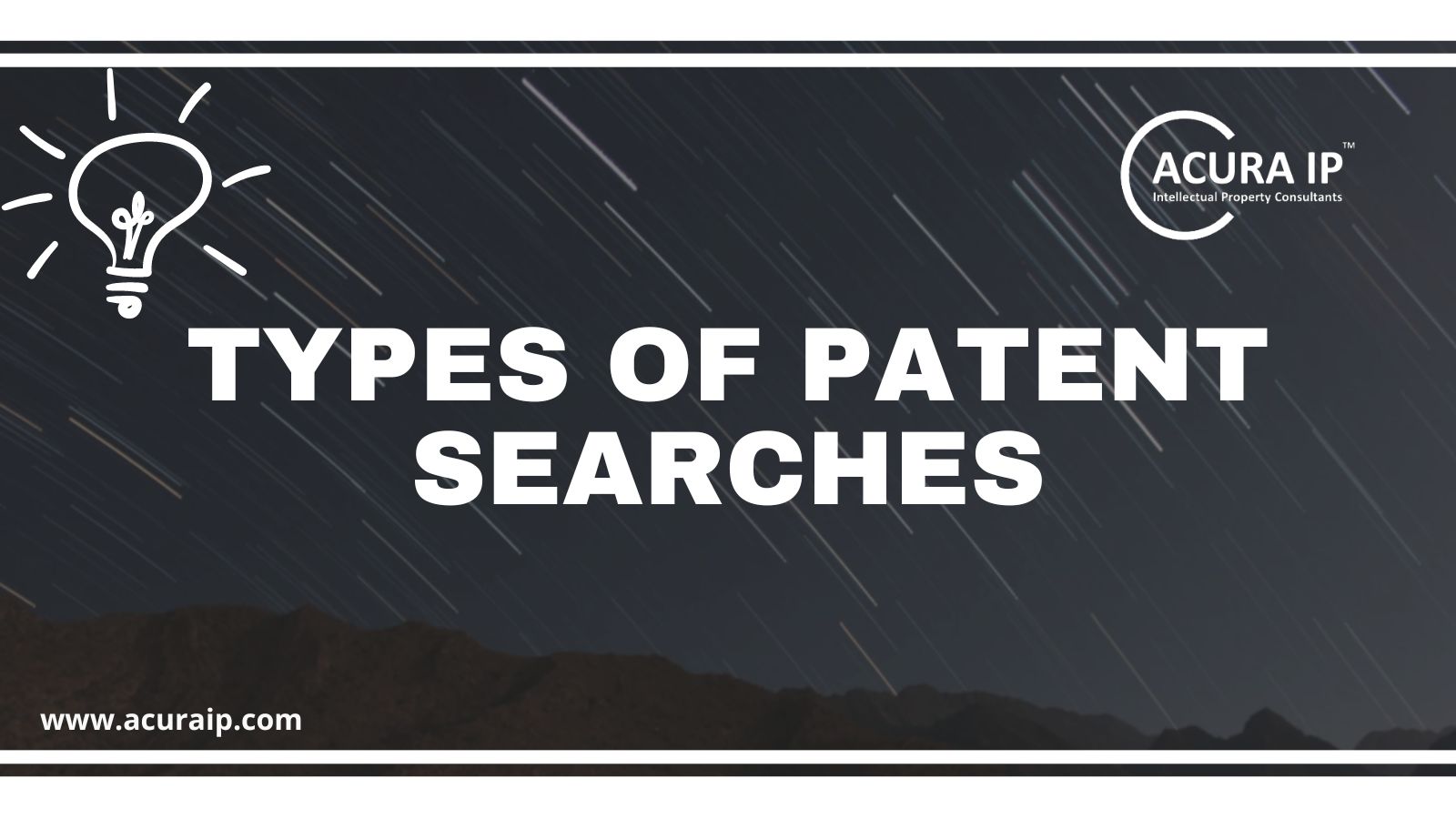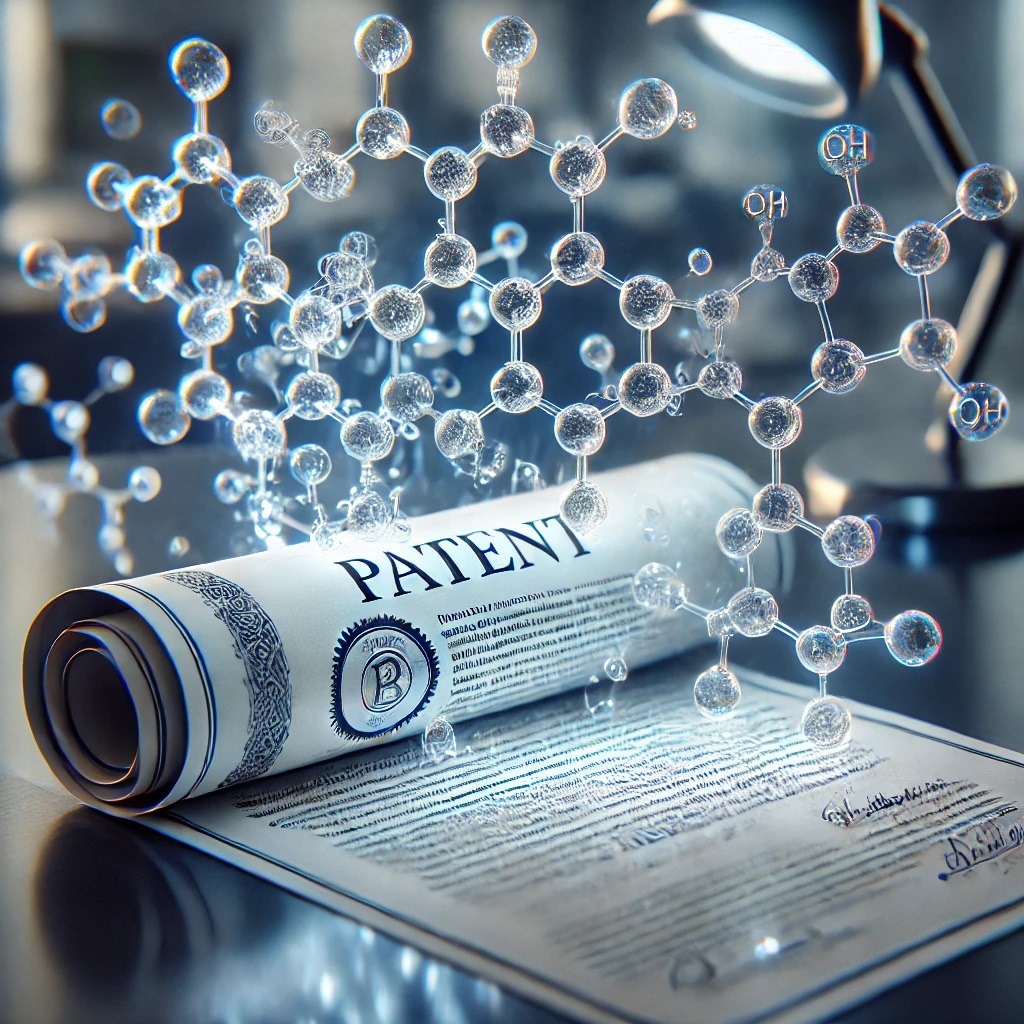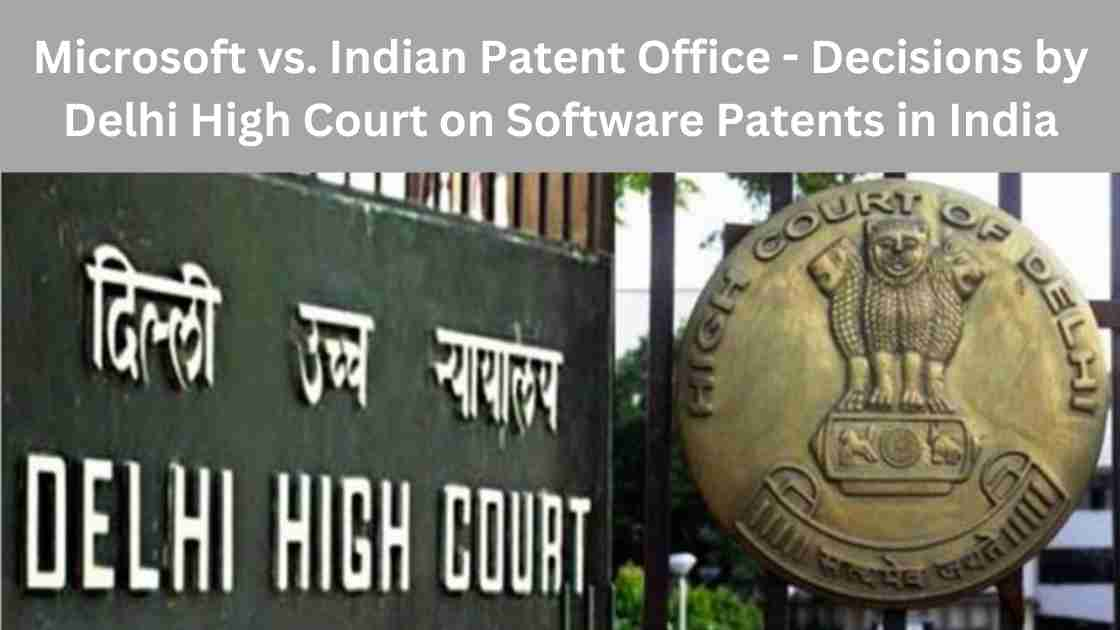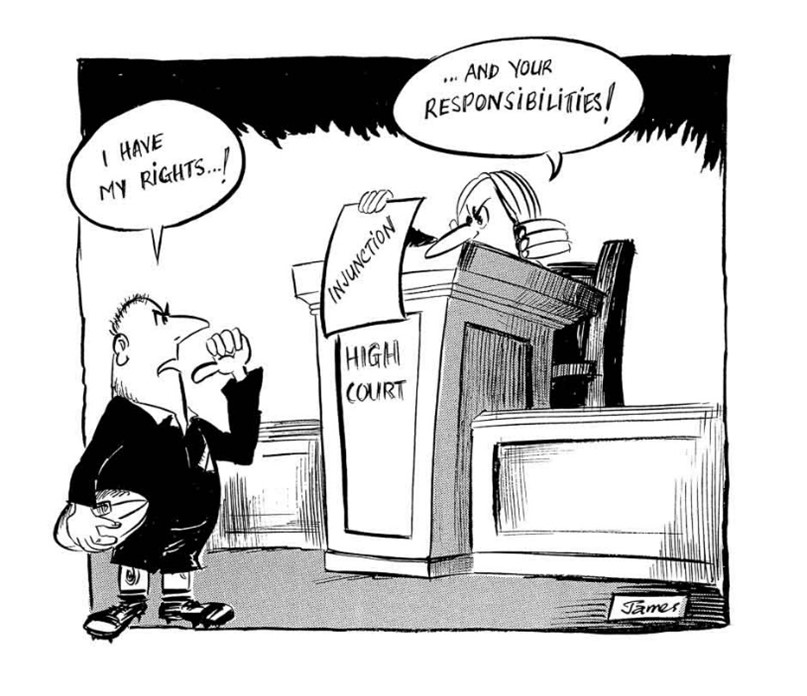Category: Patents

Recent FAQs Published by the Indian Patent Office on Form 27
The Indian Patent Office recently released a comprehensive FAQ document regarding Form 27, aimed at clarifying the requirements and procedures for patentees and licensees in India. Form 27 is a statutory requirement under Section 146(2) of the Patents Act, 1970, and Rule 131(1) of the Patents Rules, 2003, mandating the submission of a statement concerning the commercial working of a patented invention in India. Key Highlights: Who Needs to File? Every patentee and licensee in India must file Form 27, either individually or through an authorized patent agent or attorney. A single form can cover multiple patents, provided they are related and granted to the same patentee(s). Filing Timeline and Extensions: Form 27 should be filed once every three financial years, starting from the financial year following the patent grant. The deadline can be extended up to nine months upon filing appropriate requests under the relevant rules. Consequences of Non-Compliance:…

A Comprehensive Guide to Patent Searches: Types, Examples, and When to Use Them
Patent searches are a crucial aspect of the patenting process. Whether you're an inventor, entrepreneur, or a legal professional, understanding the different types of patent searches and knowing when to use them can save you time, resources, and help you make informed decisions. This blog post will guide you through the various types of patent searches, provide examples, and explain the scenarios in which each search type is most applicable. What is a Patent Search? A patent search is a comprehensive search of existing patents and published patent applications to determine whether an invention is novel and non-obvious, which are key requirements for obtaining a patent. These searches are also used to assess the patentability of an invention, identify potential infringement risks, and understand the competitive landscape. Types of Patent Searches Novelty Search (Patentability Search) Purpose: The primary objective of a novelty search is to assess the patentability of an…

Understanding the Requirements for Composition Patents under Indian Patent Law
Composition patents are critical in industries such as pharmaceuticals, chemicals, and materials science, where innovative mixtures of substances lead to new and useful products. In India, obtaining a patent for a composition involves satisfying specific requirements laid out under the Indian Patent Law, particularly focusing on aspects like novelty, inventive step, sufficient disclosure, and ensuring that the patent does not fall under certain prohibitive sections, including Section 3(e). This blog post delves into these requirements in detail, along with relevant examples, to provide a comprehensive understanding of what it takes to secure a composition patent in India. Novelty: The Foundation of Patentability Example: Suppose a company develops a new adhesive composition that includes a novel combination of a known polymer and a specific ratio of a curing agent. If no previous patent or publication describes this exact combination, the composition is considered novel. However, if a prior patent or research…
Form 27 – Understanding Form 27 for Patentees and Licensees in the Post-2024 Amendment
Patents grant inventors exclusive rights over their creations for a specific period. In India, patentees and licensees have a responsibility to disclose how their patented inventions are being utilized within the country. This is achieved through Form 27, an essential document for patent compliance. Recent amendments to the Indian Patent Rules in 2024 have brought about some key changes regarding Form 27. What is Form 27? Form 27 is the designated form, as prescribed by the Indian Patents Rules, 2003 (as amended in 2024), titled "Statement Regarding the Working of the Patented Invention." This form serves as a mandatory disclosure document under Section 146(1) of the Patents Act, 1970. Patentees (as defined in Section 2(f) of the Act) and licensees (granted permission under Section 66 of the Act) are obligated to file this form with the Indian Patent Office (IPO). Recent Amendments and their Impact on Form 27 The Indian…

Interpretation of Section 3(i) of the Indian Patent Act, 1970 in the Context of Non-Invasive Prenatal Testing
Introduction The advent of Non-Invasive Prenatal Testing (NIPT) has revolutionized prenatal diagnostics, enabling expectant parents to assess the genetic health of the fetus without invasive procedures. However, the eligibility of such diagnostic methods for patent protection, especially in light of Section 3(i) of the Indian Patent Act, 1970 (as amended) has been a subject of considerable legal debate. This article provides a detailed exploration of the Hon’ble Madras High Court’s judgment in the matter of The Chinese University of Hong Kong Knowledge Transfer Office and Sequenom, Inc vs The Assistant Controller of Patents & Designs[1], shedding light on the technical and legal aspects that guided the court’s decision-making process. Non-Invasive Prenatal Testing (NIPT) Non-Invasive Prenatal Testing (NIPT) involves analyzing cell-free fetal DNA present in the maternal bloodstream to detect genetic abnormalities in the fetus. Unlike traditional prenatal testing methods that carry inherent risks, NIPT offers a safer and more accurate…

Recent FAQs Published by the Indian Patent Office on Form 27
The Indian Patent Office recently released a comprehensive FAQ document…

A Comprehensive Guide to Patent Searches: Types, Examples, and When to Use Them
Patent searches are a crucial aspect of the patenting process.…

Microsoft vs. Indian Patent Office – Decisions by Delhi High Court on Software Patents in India
The part of this series focuses on the…

Case in Point: Sun Pharma Ltd vs. DWD Pharma Ltd
Case in Point is a new series where…
Categories
Recent Discussions
Recent FAQs Published by the Indian Patent Office on Form 27
The Indian Patent Office recently released a comprehensive FAQ document regarding Form 27, aimed at clarifying the requirements and procedures for patentees and…
Recent Discussions
A Comprehensive Guide to Patent Searches: Types, Examples, and When to Use Them
Patent searches are a crucial aspect of the patenting process. Whether you're an inventor, entrepreneur, or a legal professional, understanding the different types…
